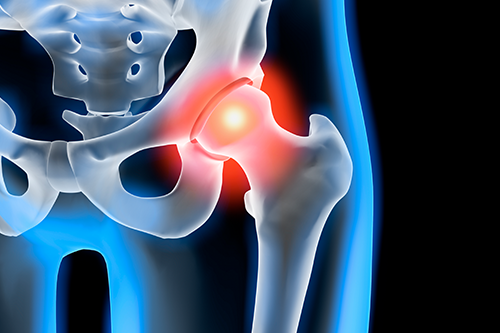MSP132 Hip Joint
£247.00 (+VAT)
Join Rina Pandya for three 2-hour sessions. Includes 12 months access to all of your course materials.
- Join Dr. Rina Pandya PT DPT for three 2-hour online sessions
- Comprehensive notes to downloaded
- Self-assessment quizzes to ‘release’ your 8 hours CPD certification (don’t worry, you can take them more than once if you don’t quite hit the mark first time)
- A whole year’s access to recorded sessions for reviewing key points
- Superb value for money – learn without travelling
- Watch the recordings on your iPad!
- This Mini Series was originally broadcast November 2021
Programme
Session 1
Detailed review of common musculoskeletal hip pathologies and Evidence based rehabilitation strategies
This session is designed for PT, PTA, PT students, massage therapists and Athletic trainers to learn more about common hip pathologies such as OA, FAI,Snapping Hip, Trochanteric bursitis, avascular necrosis, hip labral disorders, hip dysplasia, greater trochanter pain syndrome. We will also discuss the Clinical Practice Guidelines for non arthritic hip joint pain and treatment strategies based on Evidence Based practice.The participant will learn to identify the red flags and criteria to refer to the physician.The participant can look forward to applying their knowledge in solving case studies through the course with pop questions. This course concludes with a post test.
Intended learning outcomes:
- Be knowledgeable about the anatomy of the hip joint and related musculoskeletal components.
- Knowledgeable about clinical signs and symptoms of frequently treated hip disorders
- Be able to perform differential diagnosis of hip pathologies
- Updated about latest evidence based practice
- Treatment strategies based on EBP and CPG
- Identify red flags and be aware of referring criteria to the physicians
- Participate in Case studies
Biomechanics of the hip joint and variations related to different pathologies
This course is aimed to be a resource for biomechanics of the hip joint explained with a functional clinical approach correlating it with common hip diagnoses and integrating evidence based research and clinical practice guidelines, thus a streamlined approach. The participants will be able to apply their knowledge the next day into their clinical practice.
This course will encourage critical thinking, create customized treatment approaches and improve patient outcomes
The Internet and books provide information overload on biomechanics of the pelvis, within which a clinician often loses himself to obtain concise information.This course is aimed to be a resource for hip biomechanics explained with a functional clinical approach correlating it with common hip dysfunction diagnoses and integrating evidence based research and clinical practice guidelines, thus providing a precise streamlined approach.
Intended learning outcomes:
- Proficiency with anatomy of the hip
- Understanding and implementing the biomechanics of the hip in gait and post surgical diagnoses
- Understanding the biomechanical implications and correlation to common hip disorders
- Education of the current Hip clinical practice guidelines relating to post op protocol for hip THR, labral surgeries and arthroscopic surgeries
- Opportunity to indulge in case studies and customize treatment strategies on an individual case basis
- Knowledge and application of Evidence based treatment strategies for hip rehabilitation with protocols
Differential diagnosis of the hip: Orthopedic and systemic
Physical Therapy is no longer limited to musculoskeletal system. With introduction of direct access and privately owned PT clinics and telehealth, Physical Therapists play an important role in screening other systems to refer patients to appropriate medical providers. The focus of this course is to differentiate between exclusive musculoskeletal origin or pain secondary to other systemic causes. This aids in providing effective timely treatment to the patient, identifying red flags thus saving time and resources.
Intended learning outcomes:
- Identify non-musculoskeletal causes of pain
- Identify red flags and referred pain patterns
- Identify when to refer to medical providers and perform screening of other systems
- Review of common MSK diagnoses of hip, knee ankle and foot conditions
- Review of special tests related to hip, knee ankle and foot joints
- Identifying red flags and referred pain patterns related to systemic causes of MSK pain
- Differential diagnosis in detail
- Case studies/ EBP
The price includes all 3 sessions, notes and quiz – 8 hours of CPD
*No traffic jams, accommodation hassles, pet or childcare, rota clashes, locum fees ……….. just great CPD and a valuable ongoing resource.


